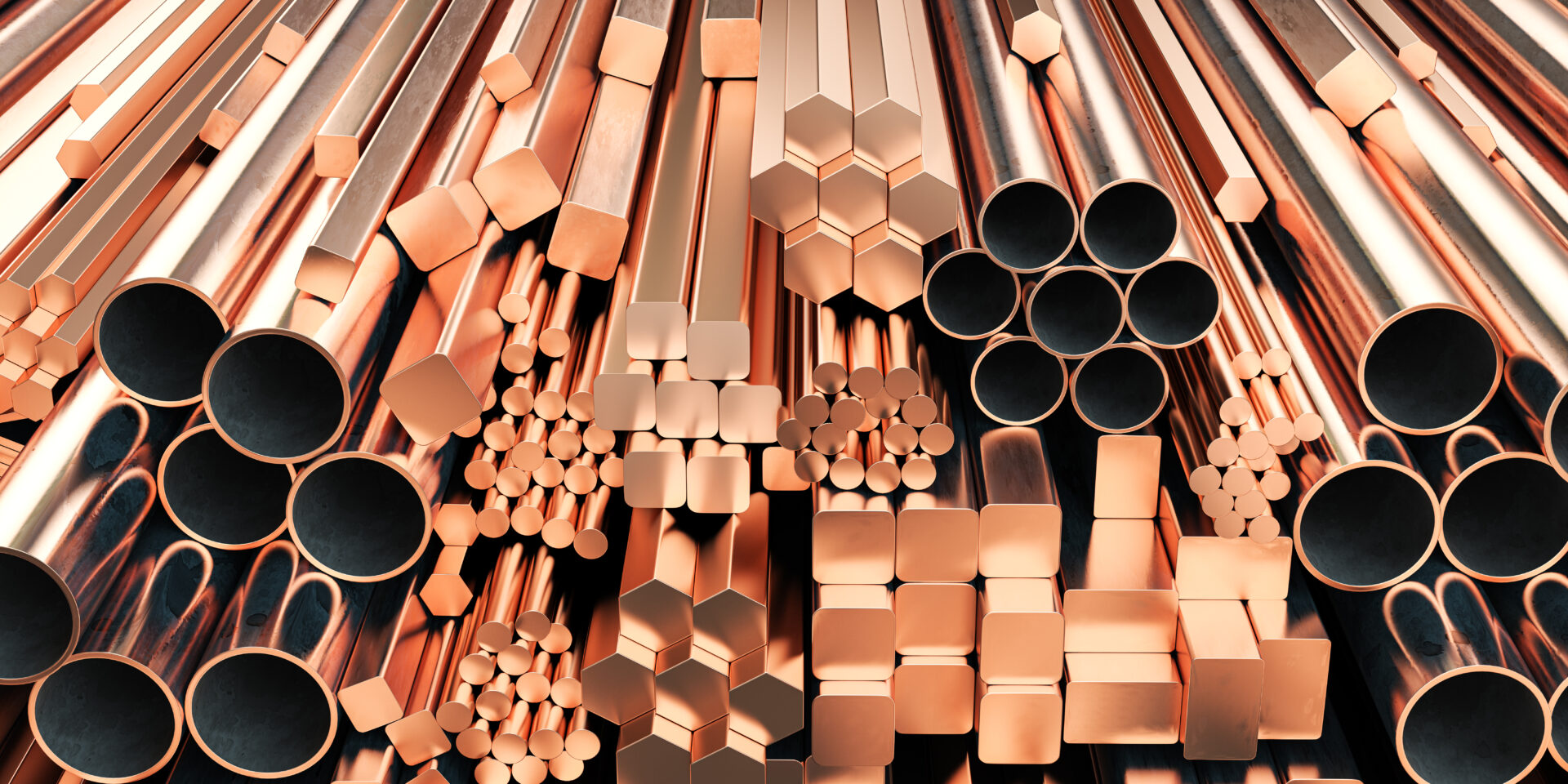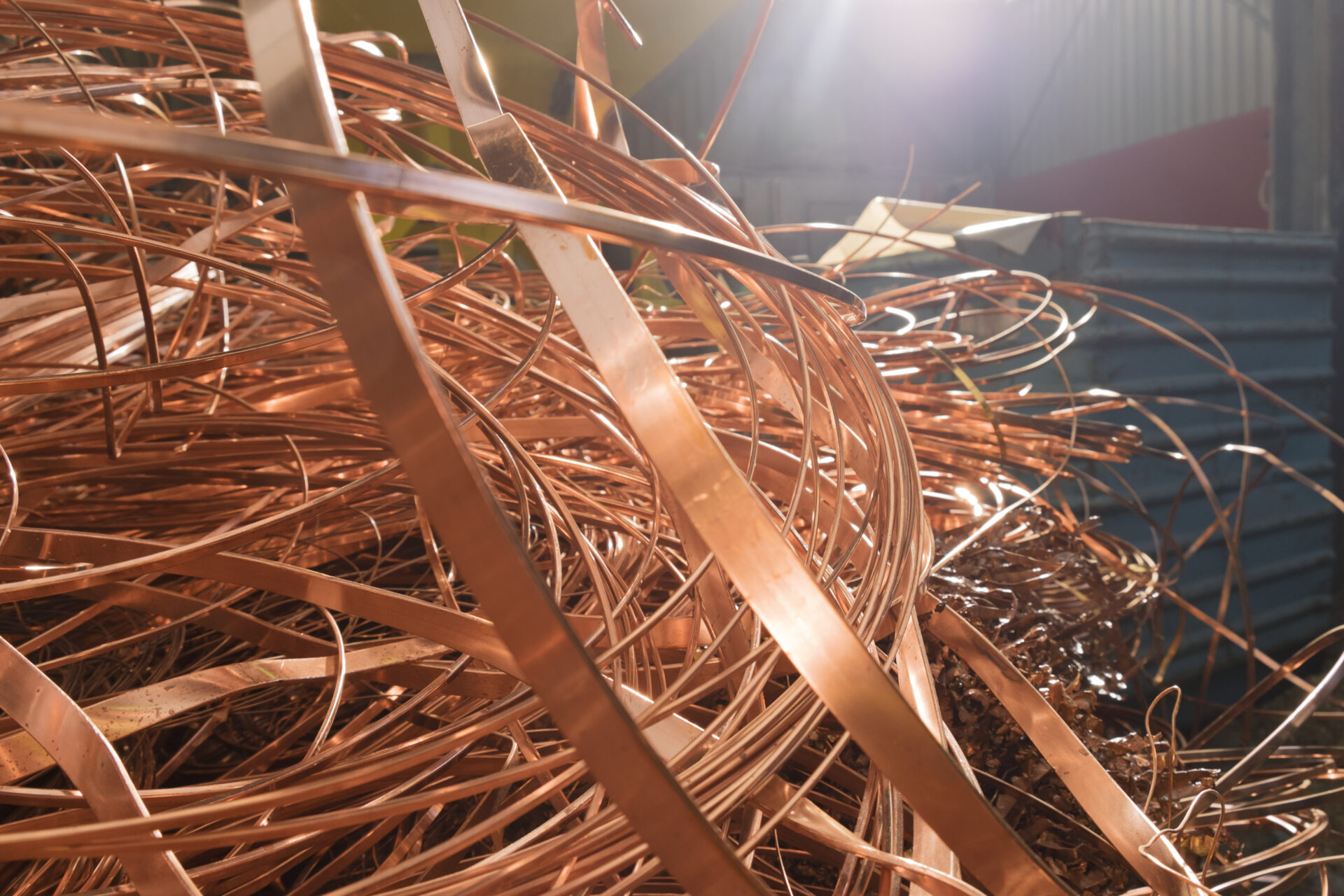
There was a significant piece of good news that came out recently about the environment, a positive trend that bodes well for the protection of our soil, water, and air.
The report, though, was not specifically about environmental protections or new regulations intended to create a stronger and healthy climate for all of us. Instead, it was about an encouraging trend that bodes well for our environment, thanks to something else: global scrap exports.
A new analysis from the Institute of Scrap Recycling Industries notes that U.S. global scrap exports increased in 2017, which took some industry observers by surprise. The increase occurred even though the largest country for these imports, China, had imposed a ban on the importation of certain scrap, largely for environmental reasons.
Despite that, the ISRI report noted that scrap has come to be recognized as a very valuable commodity worldwide, since these metals can be recycled and used in the manufacturing process. As a result, not even China’s import ban put a dent in the growth of the recycling industry, which has proven to be very resilient, the study noted.
And that’s great news for our environment. The higher the rates of scrap metal recycling are, and the more recycling we do of scrap metal, the stronger the long-term contribution is to the environment.
How Did the Scrap Metal Industry Do in 2017?
As ISRI noted, 2017 demonstrated that beyond a doubt, the scrap metal industry demonstrated very healthy growth.
The value of recycling scrap has become widely recognized by other nations, and a growing number of countries are starting to invest in the expansion of recycling opportunities for scrap.
“Its constant demand demonstrates the longstanding value and need in the global marketplace,” the report noted.
What surprised some in the industry because of a potentially major wrinkle: China.
China has the world’s largest waste and scrap market, which has been worth more than $5 billion in exports from the United States alone.
However, last July, China notified the World Trade Organization that it would no longer accept imports of a variety of recyclable materials, including metal scrap such as steel, copper and aluminum. The restrictions went into effect last September.
China’s State Council went further, setting a goal of ending all solid waste and scrap imports by 2019, so they could be replaced by domestic scrap. Their goal was environmental. China’s Ministry of Environmental Protection wanted to limit scrap imports to reduce the potential for the toxins in these metals contaminating the soil and water.
That move raised concerns with ISRI, which noted that roughly one-third of the scrap recycled in the United States is exported. China has been the largest customer of U.S. exporters, and China has long relied on imported scrap metal as a low-cost source of raw materials for its manufacturing sector.
But what didn’t happen is the scrap recycling industry experiencing a rough 2017. ISRI Chief Economist Joe Pickard noted that there has been a constant demand for scrap in the global marketplace, and overall, exports ended up faring much better in 2017 than initially expected. Their report cited data from the Census Bureau indicating that U.S. exports of all scrap commodities increased to 37.9 million tons valued at $17.9 billion in 2017. That was an 8.6 increase in terms of dollars. That happened even though U.S. scrap exports to China declined.
This is good news both economically – and for the environment.
How Does Scrap Metal Recycling Boost the Economy and Environment?
The growth in the scrap metal recycling industry, and state investments in encouraging more scrap recycling, have provided a solid boost to the U.S. economy. As ISRI has noted, there are 40,000 jobs across the United States directly supported by waste and scrap exports alone. An additional 94,000 are indirectly supported by these exports.
In addition, more than $3 billion in federal, state, and local tax revenue gets collected from U.S. scrap exports. And recycling metal creates 36 times more jobs than sending the same amount of metal waste to an incinerator and six times more than sending the metal to a landfill, according to the National Institutes of Health.
Furthermore, globally there has been an increased demand for ferrous and nonferrous metal scrap, as opposed to weaker demand for nonmetallic scrap. That’s a key reason why total U.S. scrap exports advanced in 2017 in terms of value and volume.
But more importantly, recycling metal has enormous benefits for the environment, which is why strength in the scrap recycling industry is very encouraging news for anyone who cares about our environment, our health, and protections for our wildlife.
Scrap metal recycling is critical because if scrap simply gets sent to landfills, the toxic chemicals within them can seep out into the soil and water, posing significant health threats.
Likewise, recycling scrap metal also helps us conserve our natural resources. The only alternative to recycling scrap is the production of new metal from mined ore – a process that has been shown to release greenhouse gas emissions that can cause harmful levels of air pollution in cities, which can lead to respiratory health problems. There is also a limited supply of ore available on the planet, and recycling uses far less energy and resources like water.
ISPI has estimated that recycling metal can cut greenhouse gas emissions by 300 million to 500 million tons, while using scrap metal instead of virgin ore generates 97 percent less mining waste and uses 40 percent less water.
A healthy and growing scrap metal industry, along with global recognition of the benefits of using recycled scrap for manufacturing, represents a big win for our environment.
Conclusion
The fact that U.S. scrap metal exports increased in 2017, even after China began imposing restrictions on accepting more imported scrap, is an encouraging sign – and not just for the health of this growing industry and the jobs it creates, but also for our environment.
And everyone can make a significant contribution to that trend by arranging to recycle any scrap metal they have, whether it comes from an individual household, or businesses large or small.
You can take your scrap to a firm like GLE Scrap Metal, a full-service, all-in-one recycling company. GLE Scrap Metal performs environmentally-friendly processing and recycling of all base and precious metals. Their experienced team will purchase, process, and re-integrate all recyclable base metals.
Family-owned and operated, GLE Scrap strives to efficiently utilize natural resources and help conserve energy.
To learn more, call 855-SCRAP-88 to request a quote.



